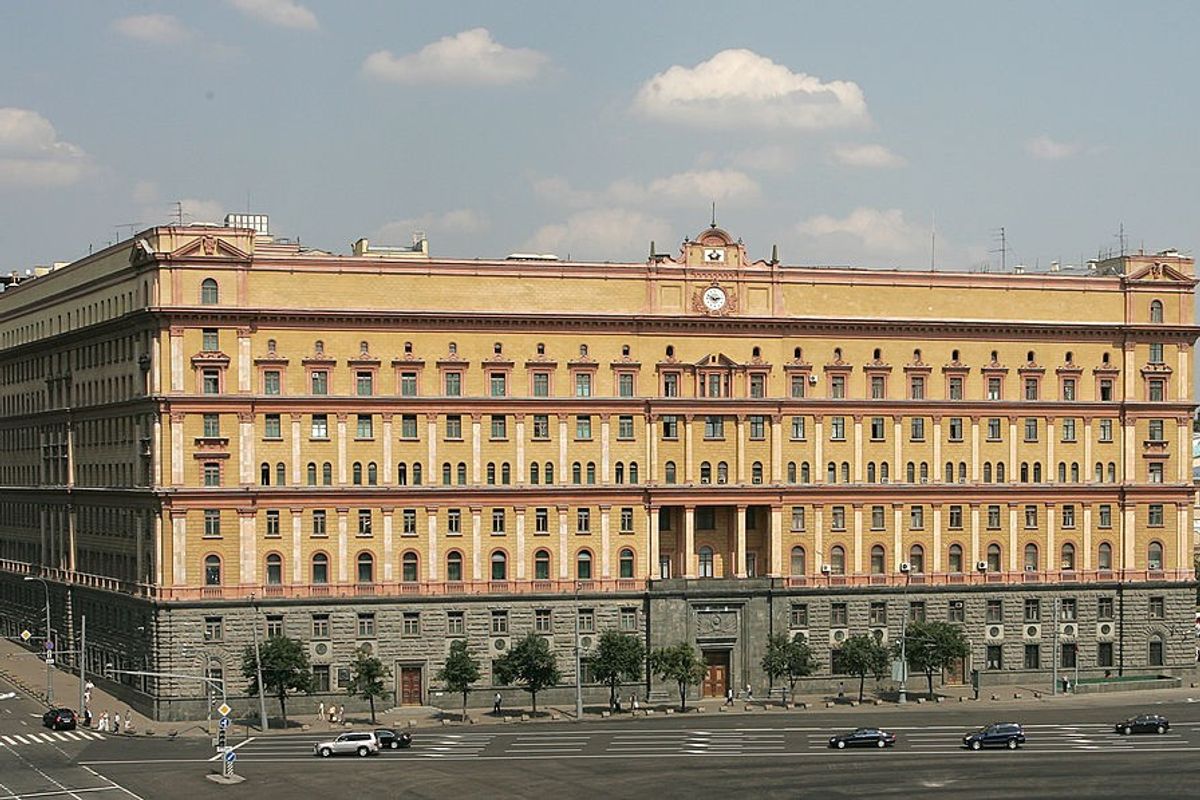DEEP DIVE – As ceasefire talks falter, U.S. support wanes, and Russia opens a new military offensive, Ukraine faces critical questions about how it can continue to fight.
Even so, on some fronts, there is still good news for Kyiv: Ukraine has been buoyed by repeated pledges of European military support, and it has shown an increasing ability to carry out damaging strikes inside Russian territory.
On June 1, Kyiv’s “Operation Spider Web” launched drones against five Russian military bases, which destroyed or severely damaged several of Moscow’s most sophisticated strategic bombers. Two days later, Ukraine launched an underwater drone attack that damaged the Kerch Strait Bridge, a vital link for supplying Russian forces in Crimea.
On the other hand, Russia is pouring resources into the fight, and this week, Moscow opened a new military offensive with advances in northern and eastern Ukraine and an unprecedented barrage of drone and missile strikes aimed at turning the tide of the war. Meanwhile, Washington has made no new pledges of aid for Ukraine. Under the Biden Administration, 74 U.S. aid packages were approved, bringing an array of advanced weapons and air defense systems to Kyiv.
“No one country and even Europe as a whole can fill in the gaps if the United States will leave, will walk away,” Oleksei Goncharenko, a member of the Ukrainian Parliament, told The Cipher Brief. “So the United States can't be replaced by anybody in the world as a source of military support to Ukraine.”
That said, some experts feel that Kyiv can hold its own against the Russians, no matter what the U.S. does.
“When you look at the overall picture, I think you have to conclude that Ukraine is stronger today than it was in February of 2022 [when the Russians invaded],” Kurt Volker, a former U.S. Ambassador to NATO, told The Cipher Brief. Volker cited Ukraine’s drone technology, its overall military innovation, and battlefield tactics. “Russia, I would argue, is weaker than it was in February of ‘22. They've lost a million people off the battlefield…They're digging into storage to get World War II-era equipment. Their state finances are shambles. So I would argue that the tide has turned against Russia. Russia has just not accepted that yet.”
What’s missing when U.S. aid dries up
The signs of Washington’s retreat from robust support for Ukraine to more limited engagement are clear ranging from no new aid packages for Kyiv to Defense Secretary Pete Hegseth’s absence from last week’s gathering of the Defense Contact Group in Brussels, marking the first time a U.S. defense secretary had skipped a meeting of the group.
Experts say that the practical impact of waning U.S. commitment hasn’t been felt yet, given that aid pledged and funded under the prior administration is still flowing. The last tranche of congressionally authorized aid which amounted to roughly $60 billion is expected to run out in the next few months.
When the spigot dries up, experts say the greatest impact will involve sophisticated, high-end military assistance that the U.S. is uniquely positioned to provide. That includes air and missile defense systems – in particular American Patriot missile batteries; long-range weapons such as the HIMARS and high-quality ISR (intelligence, surveillance, and reconnaissance) capabilities that have been used to provide information to the Ukrainians. The U.S. also has a robust network of satellites that provide real-time intelligence about Russian forces, incoming missiles and how and where to target them.
“Certainly U.S. support will be important, especially in the intelligence and Patriot areas,” said William Courtney, a former U.S. Ambassador to Kazakhstan and Georgia. Courtney says American intelligence has helped Ukraine “target Russian objects across the line of contact, Russian objects that may be preparing to invade Ukraine or carry out some other support activity for Russian forces in occupied Ukraine. So that intelligence is extremely valuable.”
“The Patriot, that will be difficult to replace,” Lt. Gen. Ben Hodges, former Commander of U.S. Army Forces in Europe told The Cipher Brief. “U.S. intelligence obviously has been important. But for me, the air and missile defense is the thing that comes to mind first.”
The Europeans have some Patriot batteries of their own though and the U.S. recently approved German transfers of Patriot missiles and rockets to Ukraine. There are also European-made air defense systems (the French-Italian SAMP/T for one), but experts say these aren’t capable of shooting down Russia’s high-speed missiles. “To knock out, for example, fast-line ballistic missiles from Russia, Patriots can do that, but other systems typically can't,” Courtney said. “So those are particularly valuable.”
As for the HIMARS, the U.S.-made mobile long-range missile system, there are European replacements — notably the Storm Shadow, Scalp and Taurus cruise missiles — but these are currently only available in lesser quantities than the HIMARS, and Germany has yet to approve the export of its Taurus missiles.
The White House cut off the intelligence aid for Ukraine after President Trump’s Oval Office blowup with Ukrainian President Volodymyr Zelensky in February, but it was reinstated soon after. Here it may help Ukraine’s cause that Trump has recently shown frustration with Vladimir Putin as well.
“We will continue to fight with American support or without,” Goncharenko told us. “But without American support, it will cost Ukraine tens of thousands of people, [and] maybe new lost territories that will embolden Putin enormously.”
Sign up for The Cipher Brief’s Nightcap newsletter: the best way to unwind every day while still staying up to speed on national security. Sign up today.
What Europe is doing to help
Many European leaders say they are optimistic that they can fill most if not all of the gaps left by Washington’s shift. Germany’s Defense Minister Boris Pistorius said last week that Ukraine’s supporters in Europe were providing “everything it needs and for as long as it needs. We will continue to expand this support, and we will maintain it for the long term.”
In an interview after the Defense Contact Group meetings, German Major General Christian Freuding said that Europe could sustain Ukraine’s war effort even if the U.S. halts all military aid. The question, he said, had more to do with European resolve than actual funds or weaponry.
"The war against Ukraine is raging on our continent, it is also being waged against the European security order. If the political will is there, then the means will also be there to largely compensate for the American support," Freuding told Reuters.
Officials and analysts agree that money is not the main issue. NATO’s non-U.S. members have already surpassed the $20 billion in aid the U.S. provided in 2024. There may be more funds available through the seizing of nearly $240 billion in frozen Russian assets held in Europe.
Top concerns involve production delays, a continent-wide priority on rearming Europe itself, and the strength of Europe’s resolve to continue to back Ukraine.
“Europe has enormous industrial capacity,” said Lt. Gen. Hodges. “What they lack is the self-confidence to get their act together and do it. But I think that we're going to see increasing amounts of ammunition and equipment capabilities going to Ukraine because European countries are not confused by who the bad guy is. And they understand what's at stake, whether or not the U.S. does.”
Hodges and others note that increasingly, European leaders see support for Ukraine as in their own interest – given Ukraine’s position as a bulwark against a more aggressive Russia.
Another idea that has gained traction recently is increased sales of U.S. military equipment to the Europeans that would then be shipped on to Ukraine - an arrangement that would allow the White House to claim that the U.S. was saving money while not entirely abandoning the Ukrainian cause.
Join us in Sea Island, Georgia for The Cipher Brief's 2025 Threat Conference from October 19-22. See how you can save your seat at tcbconference.com
Bright spots for Ukraine
Bleak as the war may look – given the Russian offensive and the U.S. pullback, there are optimistic signs for Ukraine. To use President Trump’s term, there are areas where Kyiv holds good “cards.”
Fighting the war has become a less expensive proposition. The frontline struggles today are no longer dominated by high-end expensive systems, given the proliferation of cheaper drone weapons. Meanwhile, Ukraine’s own defense innovation and pace of production have been among the war’s biggest surprises. President Zelensky said last week that Ukraine’s domestic production of drones, missiles, vehicles, and artillery now accounts for 40 percent of the country’s needs.
“The Ukrainians have a defense industry that's really ramping up production a lot,” Courtney said. “And more of the fighting on the front line now is drone versus soldiers or even tanks and drones versus drones.”
Ambassador Volker saw the recent “Spider Web” drone attacks as the latest evidence of Ukraine’s ability to use stealth and innovation and other “smart” tactics to hold off the Russians.
“Ukraine is fighting Ukraine's war, not Russia's war,” Volker said. “If they were to fight Russia's war — meat-grinder tactics, throwing people at the front line, just artillery wave after artillery wave — they would lose.”
He added that Ukraine’s use of drones, subterfuge and intelligence — “things that are not manpower- and heavy armor-intensive, but can have a tremendous impact” — will help the country to at least hold off the Russians.
Lt. Gen. Hodges agrees. “It's clear that Russia cannot knock Ukraine out of the war,” he said. “The only thing that they seem to be able to do is kill innocent Ukrainians with long-range missiles. So I think that Ukraine is in a position that it can continue this for quite some time.”
Much will depend on how Ukraine copes with the latest Russian offensive, whether the U.S. keeps the current intelligence support in place, and whether all those European pledges translate into actual weapons deliveries.
“We have a lot of statements” from the Europeans,” Goncharenko told The Cipher Brief. “The problem is that you can't intercept a Russian missile with a statement. You can't destroy a Russian tank with a statement.”
Read more expert-driven national security insights, perspective and analysis in The Cipher Brief












